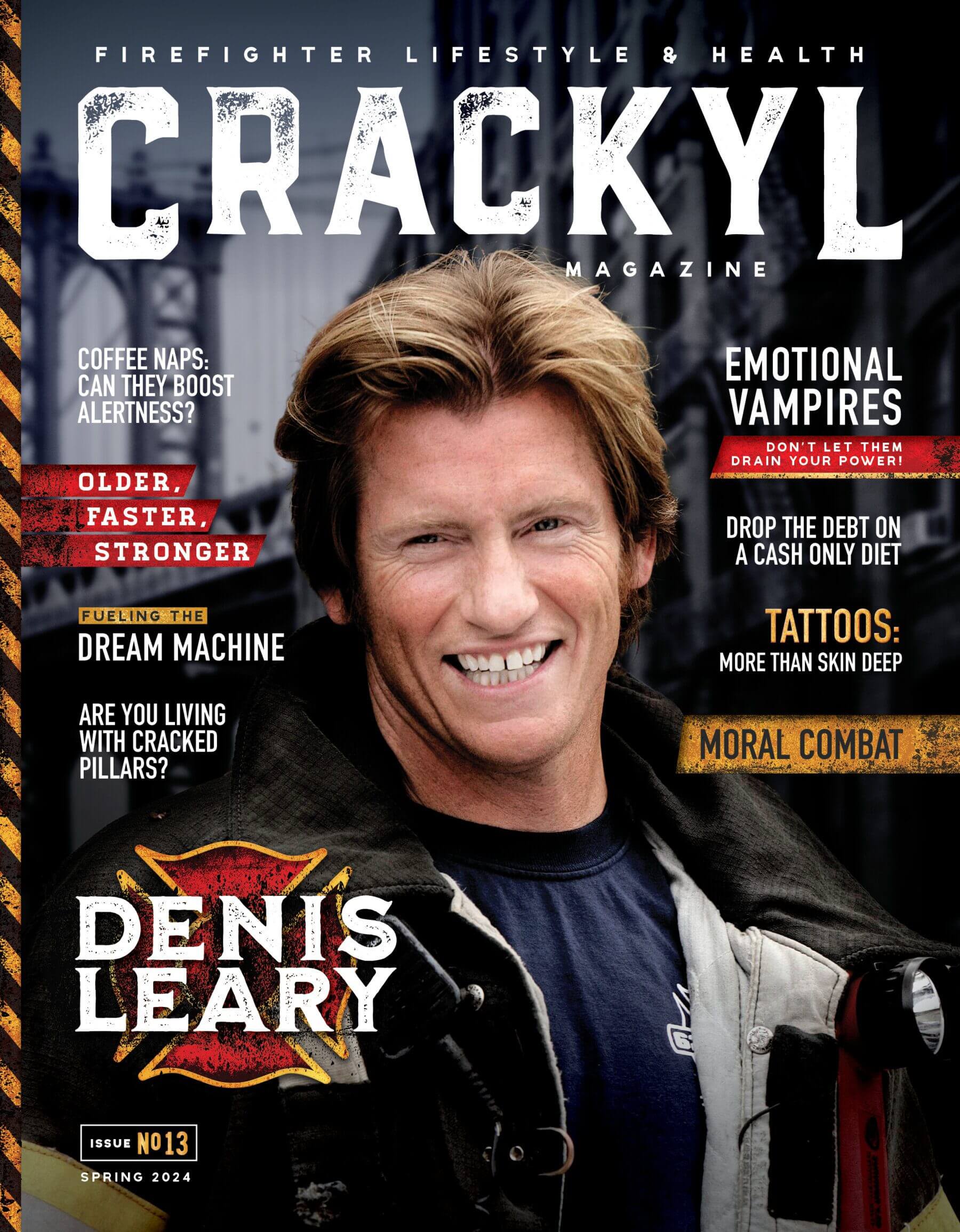What’s the Problem, Firefighter?

By Chief John Conyn
Where you are on the leadership track, whether just starting out, midway through, or on the back half full of reflection and wisdom, oftentimes will reflect your comfort zone when it comes to dealing with problems. Those just beginning their climb up the ranks may see things narrowly with a straight “wrong or right” attitude when dealing with non-incident problems or station issues.
When do you make the switch to take in that good 3,000-foot view? Who taught you to take that breath and ask the necessary questions?
The word “problem” in itself can send us down so many rabbit trails it’s important to stay on track. When a problem occurs, the question you really need to ask yourself is, “What is the problem?” and then break it down – “The problem is…” Once you determine there really is a problem and define it, the next question is what or whom is it affecting?
To address the fireground issues, we can pick up many trade magazines such as CRACKYL, Firehouse, or Fire Engineering, to just mention a few. There we can get ideas for the betterment of our SOPs or SOGs. Having feedback sessions and hotwashes post-incident can make a difference, too. So while I could speak on fireground stuff, I would like to think we all are in tune and set for the next call.
Rather in this article, I want to look at the time we spend with each other off the scene. Getting along with one another reflects so much more than what is said. It’s also what is seen and what is unsaid, and that shared sense of unit and crew pride.
How can we get there? Does everyone just magically get along? Probably not, and this is where leadership can make a big difference.
We all remember the advice we received from our parents, or a teacher, or another adult when we were young – treat others the way you would like to be treated. Now how many of you rolled your eyes at that or thought, “But what about so and so” or any other number of excuses to justify discord among crew members?
As a leader, you are an example. It’s not just about what you wear or collar brass, it’s your willingness to address things when needed. Not to have that blind eye.
I attended a recent National Fire Academy (NFA) class, which by the way, I truly feel is a gift we should share with all. The class instructor, who was a chief himself, called his collar brass toilet plungers. I thought, wow, what a bad thing to say. I feel the more bugles, the more you listen like a sounding horn. A moment later he explained what he meant – the more problems there are, the more he, as a leader, could handle because he has more plungers.
Education – both formal and informal – also comes into play in wanting to reduce an environment of likely problems. Let’s teach more. Let’s offer to send future talent to classes that can benefit both the individual and the department alike. Review what the NFA offers; it’s a true pathway to growth. All courses are free, there are on-campus, regional, and online options, and for those that do attend on-campus there is a stipend program to cover travel and lodging. There are many more places and conferences as well from state training academies, national and state fire service associations, and others.
We all face many of the same things on different scale levels. The bottom line is, “What’s the problem?”
Take a moment during your shift and reflect on what’s bugging you enough to ACT. Where are you on the leadership track to be able to fulfill or address these needs? Do you have a department that will allow for this type of discussion? Who will you shape yourself to become – the door, the listener, or the blind eye?
My focus here has been on problems. If you have none, then congratulations. But remember, even something small can fester, and if left unaddressed can become a problem down the road.
We all know of things we would like to see done better or made easier for all. So, again, start by asking, “What’s the problem” and then answer with, “The problem is…” Break it down into bites you can act upon, and re-ask and re-address. Will all problems go away? Maybe not, but they will only get bigger without action.
No matter your level of leadership, whether it’s by tittle or informal, make your firehouse one that keeps an open mind and seeks good input to reduce or minimize the chances to let things grow into problems.
John Conyn is fire chief of the Spencer (IA) Fire Department and a member of the National Volunteer Fire Council.
Podcast
Contests & Promotions
















